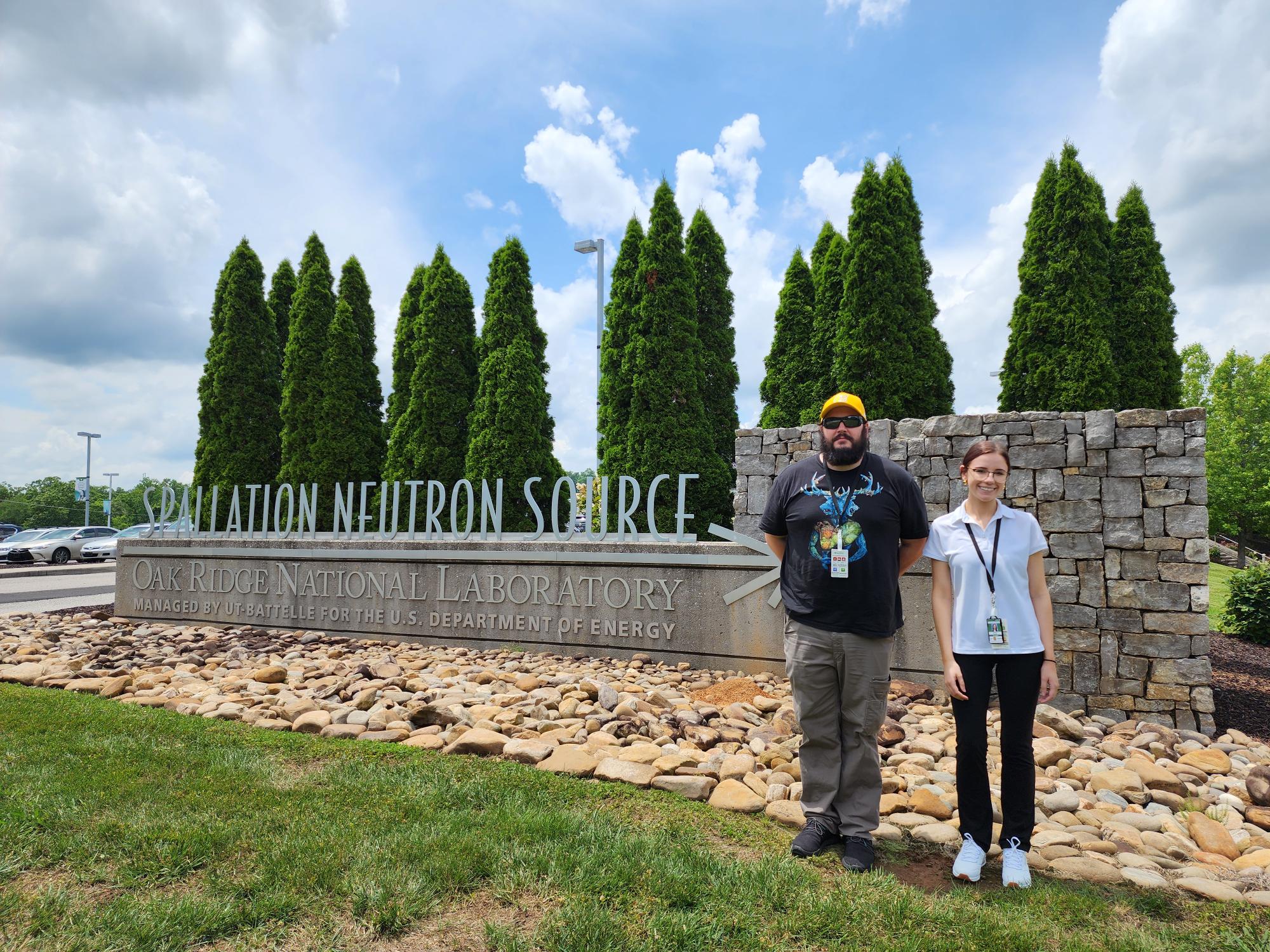BS PHYS: Biophysics
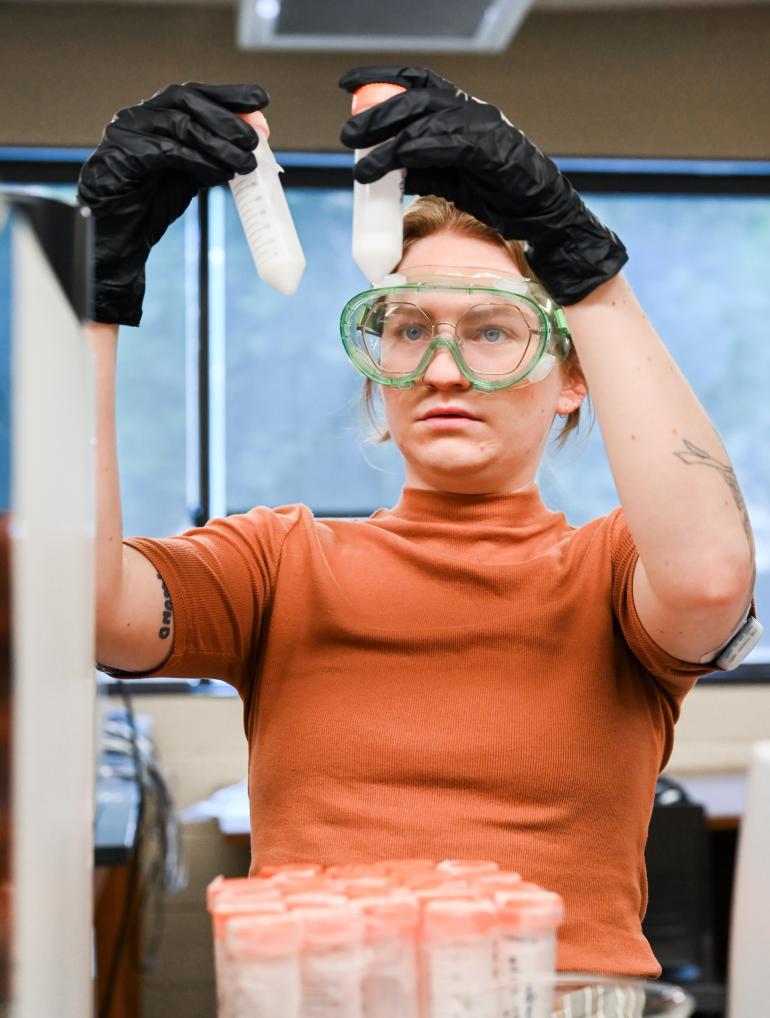
What is biophysics?
Biophysics has been critical to understanding the mechanics of how the molecules of life are made, how different parts of a cell move and function, and how complex systems in our bodies—the brain, circulation, immune system, and others—work.
Biophysics is a broad and multidisciplinary research leading to understanding nature and human body. By using biophysical fundamentals, scientists can find cure and therapeutic targets for multiple disease such as Alzheimer, aging, cardiac disease, resuscitation, respiratory system etc. Every single molecule in life is based on biophysical and biochemical interactions. Consequently, every single biophysical discovery has a clinical or environmental application.
Biophysics is a vibrant scientific field where scientists from many fields including math, chemistry, physics, engineering, pharmacology, and materials sciences, use their skills to explore and develop new tools for understanding how biology, or all life, works
What can you do with a major in biophysics?
Biophysicists work to develop methods to overcome disease, eradicate global hunger, produce renewable energy sources, design cutting-edge technologies, and solve countless scientific mysteries. In short, biophysicists are at the forefront of solving age-old human problems as well as problems of the future. Here are just a few possibilities:
- Graduate, Medical, Dental
- Medical Instrumentation and Devices
- Biomedical Engineering
- Academic and Clinical Research
- Pharmaceutical Industry
- Scientific Computer
- Science Writing or Journalism
Contact information: Dr. Luis Sanchez Diaz ([email protected])
Courses
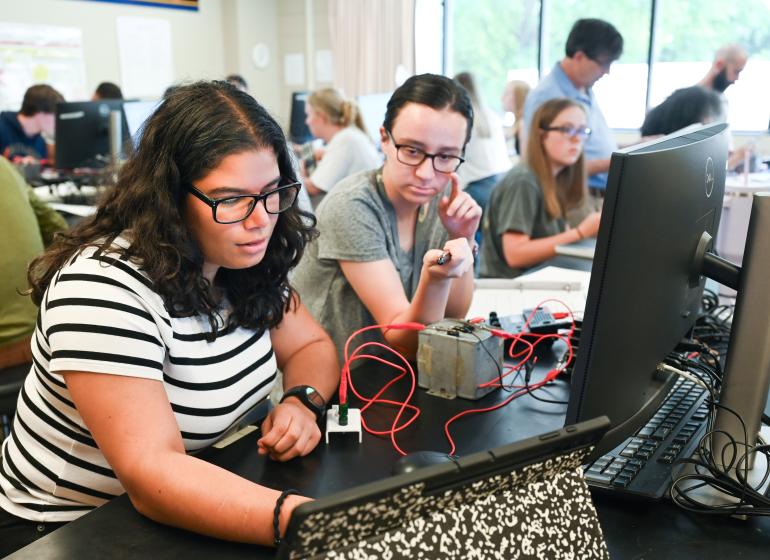
In addition to studying physics and math, Biophysics majors take Chemistry, Biochemistry, and Biology courses as well as specific biophysics courses:
PHYS 3380 Medical Physics
PHYS 4300/L Physics of Living Systems with lab
LINK to Biophysics Clearpath
LINK TO BIOPHYSICS CATALOG
Biophysics Research
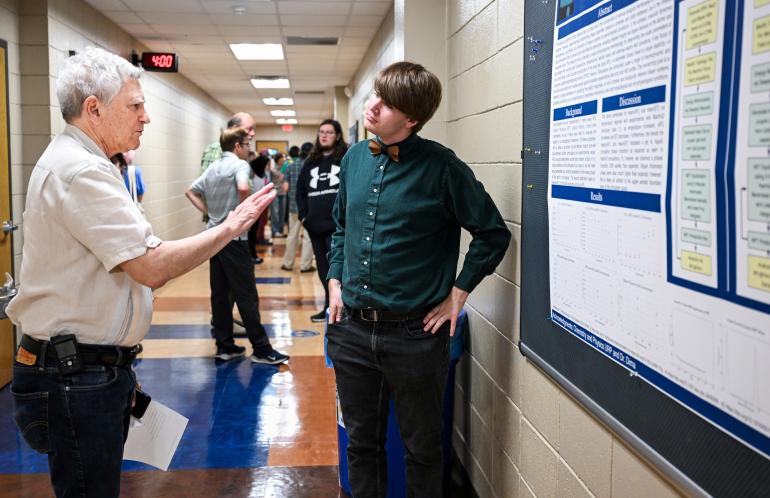
UTC undergraduates in the Biophysics program are mentored by faculty on original research projects leading to professional presentations and publications. Students can earn research credit towards their degree and/or get paid in a summer research internship. Learn how to get started in research today! Below are some examples of recent projects our students have been involved with.

Rheology and neutron scattering of colloidal systems. Collaboration with Oak Ridge National Laboratory. We investigate the viscosity and elasticity of silica particles of various sizes, as well as their interactions with different fluids. We use microscopy, x-ray, and neutron scattering to study structural changes under shear flow.
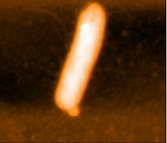
Elasticity and rheology of Bacteria Escherichia Coli: This initiative aims to better understand the physical features of Escherichia coli as a function of ampicillin resistance. Viscosity and elasticity are measured using experimental techniques such as the Atomic Force Microscope and Rheometers.
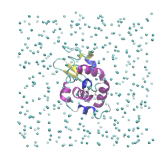
Computer simulations of proteins and colloids: We use Python, LAMMPS, and GROMACS to develop computer simulations that investigated the structure and dynamics of colloids, active colloids, and biological systems. Simulations can be used to corroborate experimental results and extend them to different variables.

Theoretical framework of liquids out of equilibrium: Based on the Langevin equation, we create a theoretical framework for studying the structure and dynamics of colloids in non-equilibrium states such as near glass transitions or aging processes.
Resources
